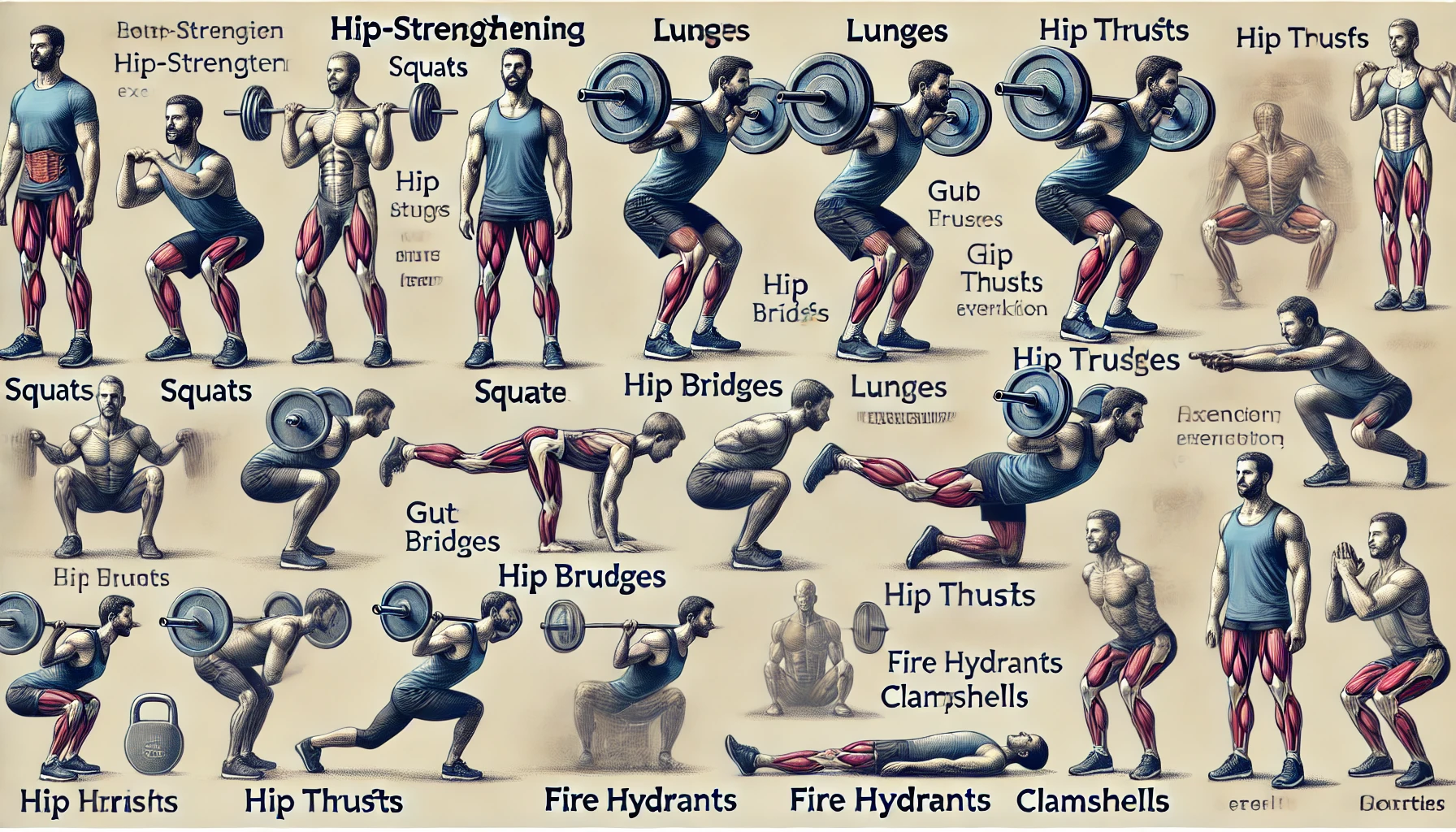
When we talk about the powerhouse of the body, many people think of the core or the legs. However, the hips are often overlooked despite being fundamental to our overall strength, stability, and mobility. The hips are involved in almost every movement we make, from walking and running to jumping and lifting. Strong hips can improve athletic performance, reduce the risk of injuries, and even enhance posture and balance.
The Role of Hips in Movement
The hip joint is a ball-and-socket joint, allowing for a wide range of motion. It’s where the femur (thigh bone) meets the pelvis. This joint supports the weight of our upper body and is crucial for maintaining balance and stability. Whether you’re an athlete or just someone who enjoys staying active, strong hips are essential for optimal performance.
Benefits of Strong Hips
- Enhanced Athletic Performance: Strong hips contribute to better performance in sports and physical activities. They provide the power needed for explosive movements like sprinting and jumping.
- Injury Prevention: Weak hips can lead to a host of problems, including lower back pain, knee issues, and even ankle injuries. Strengthening the hips helps distribute the load more evenly across the body, reducing the risk of injury.
- Improved Posture and Balance: Strong hips support proper alignment of the spine and pelvis, leading to better posture. They also play a key role in maintaining balance, especially as we age.
Best Exercises to Build Strong Hips
To keep your hips in top shape, incorporate these exercises into your fitness routine. These moves target the major muscles around the hip joint, including the glutes, hip flexors, and adductors.
1. Squats
Squats are a fundamental exercise that targets the glutes, quads, and hamstrings. They also engage the core and promote overall lower body strength.
- How to Do It: Stand with your feet shoulder-width apart. Lower your body as if you’re sitting back into a chair, keeping your chest up and knees over your toes. Push through your heels to return to the starting position.
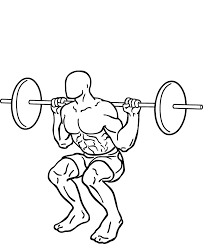
2. Lunges
Lunges work the glutes, quads, and hamstrings while also challenging your balance and coordination.
- How to Do It: Stand tall and take a step forward with one leg. Lower your hips until both knees are bent at a 90-degree angle. Push back up to the starting position and repeat on the other side.
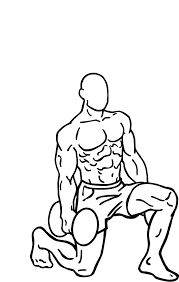
3. Glute Bridges
This exercise isolates and strengthens the glutes and lower back muscles.
- How to Do It: Lie on your back with your knees bent and feet flat on the floor. Lift your hips towards the ceiling, squeezing your glutes at the top. Lower back down and repeat.
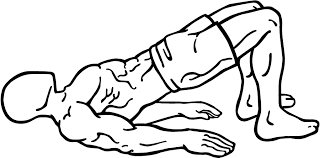
4. Hip Thrusts
Hip thrusts are excellent for targeting the glutes and improving hip extension.
- How to Do It: Sit on the ground with your upper back resting on a bench. Roll a barbell over your hips and plant your feet firmly on the floor. Thrust your hips upward, squeezing your glutes at the top, then lower back down.
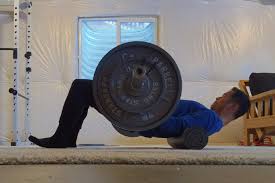
5. Fire Hydrants
This move targets the hip abductors and helps improve hip stability.
- How to Do It: Start on all fours with your wrists under your shoulders and knees under your hips. Lift one leg out to the side, keeping your knee bent at 90 degrees. Lower it back down and repeat on the other side.
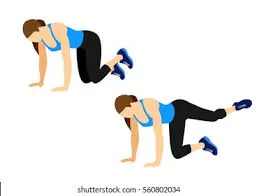
6. Clamshells
Clamshells strengthen the hip abductors and external rotators, which are crucial for stabilizing the pelvis.
- How to Do It: Lie on your side with your knees bent at a 90-degree angle. Keeping your feet together, lift your top knee as high as you can without moving your pelvis. Lower it back down and repeat.
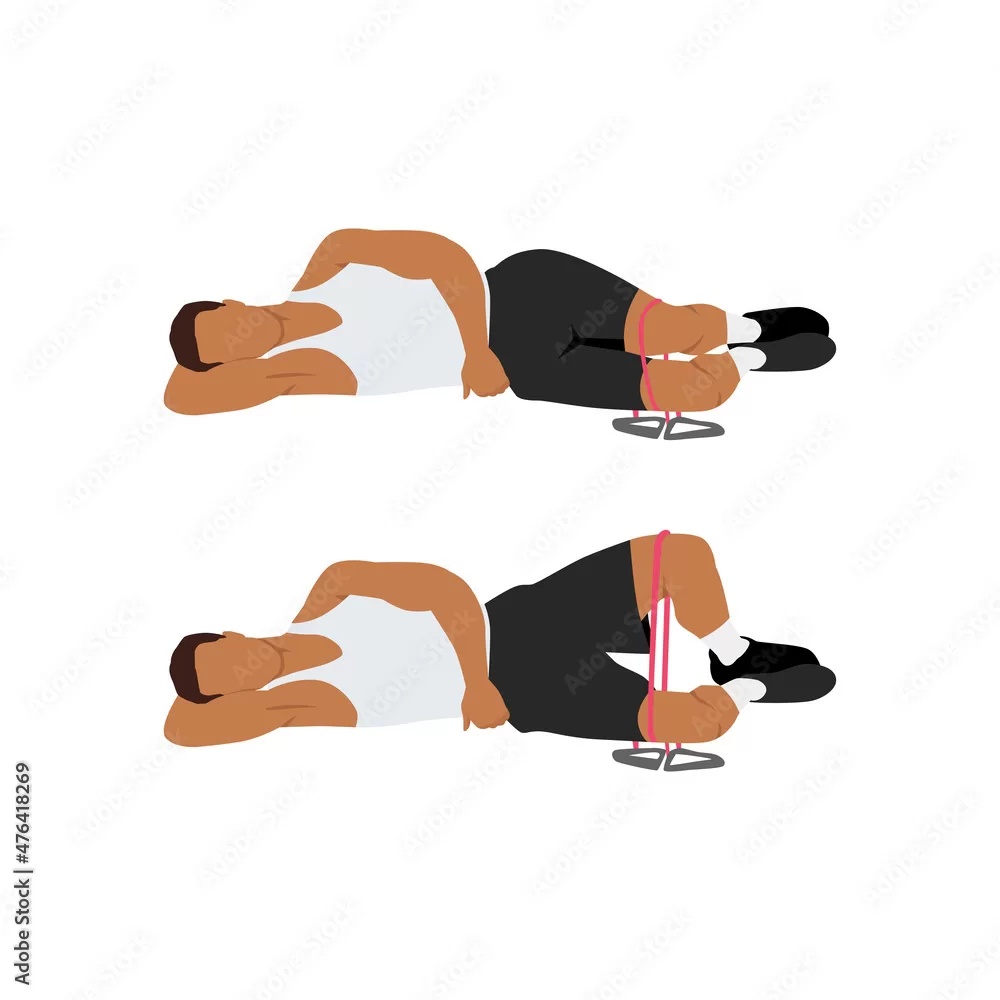
FAQs
Why is hip strength important?
Hip strength is crucial because it supports the body in nearly every movement, enhances athletic performance, prevents injuries, and improves posture and balance.
How often should I do hip exercises?
Incorporating hip exercises into your routine 2-3 times per week is generally sufficient to see improvements in strength and stability.
Can I do these exercises at home?
Absolutely! Many of these exercises, like squats, lunges, and glute bridges, require no equipment and can be easily done at home.
Wrapping It Up
Strong hips are the foundation of a strong, resilient body. By incorporating exercises that target the hip muscles into your fitness routine, you’ll improve your overall performance, prevent injuries, and maintain better posture and balance. Start today and feel the difference!

